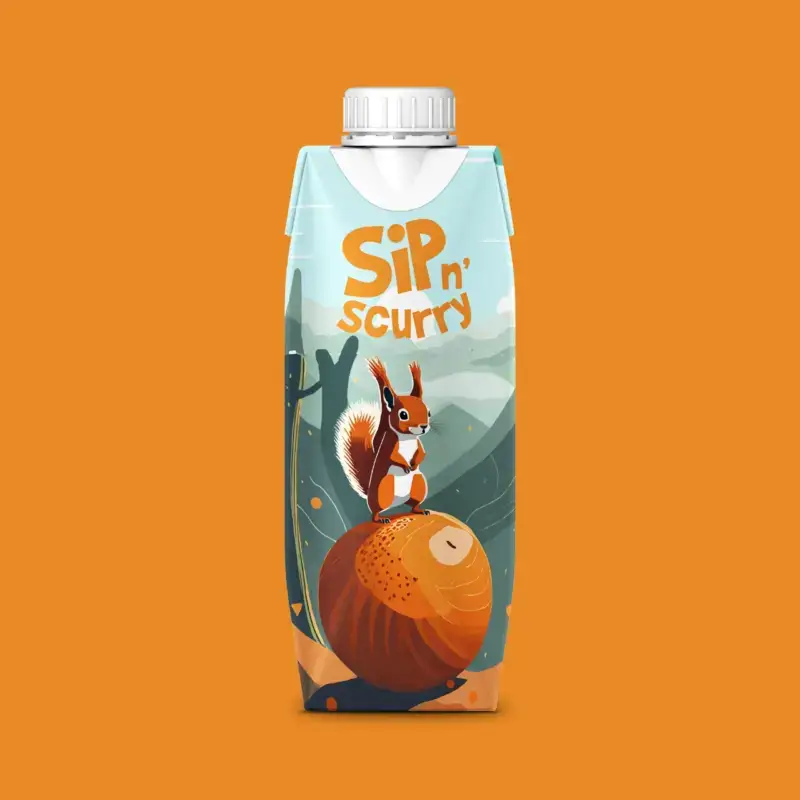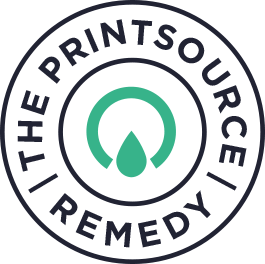Today, we delve into the transformative journey from concept to reality, exploring the profound impact of AI on packaging prototypes. Discover how AI is reshaping the design process, empowering brands to visualise and refine their packaging with unprecedented precision before venturing into full-scale production.
The Art of Visualisation
Imagine a world where designers can transcend traditional boundaries, effortlessly transforming abstract ideas into tangible visual representations. AI in packaging prototypes achieves just that, offering a virtual canvas where creativity knows no bounds. With advanced algorithms and machine learning capabilities, AI enables designers to visualise their concepts in three-dimensional spaces, fostering a deeper understanding of the packaging’s aesthetics, functionality, and overall impact.
Precision and Efficiency
One of the key virtues of AI in packaging design lies in its ability to enhance precision and efficiency. Gone are the days of trial and error, as AI algorithms analyse vast datasets to predict the most effective packaging solutions. By leveraging machine learning, brands can refine their prototypes with unparalleled accuracy, minimising the risk of design flaws and optimising every element for maximum impact.
Great examples of ai generated packaging designs

All images courtesy of packagingoftheworld.com
Adapting to Consumer Preferences
In the ever-evolving landscape of consumer preferences, staying ahead of the curve is paramount. AI-driven prototypes act as a crystal ball, allowing brands to anticipate and adapt to changing consumer tastes seamlessly. By analysing market trends and consumer behavior patterns, AI helps designers tailor packaging designs that resonate with their target audience, creating a compelling and memorable brand experience.
Cost-Effective Innovation
The traditional approach to packaging design often involves a substantial investment of time and resources. AI disrupts this paradigm by streamlining the prototyping process, reducing both time and costs associated with design iterations. Brands can experiment with various concepts and receive instant feedback, enabling them to make informed decisions without the need for extensive physical prototypes.
Environmental Sustainability
In an era where sustainability is non-negotiable, AI plays a crucial role in promoting eco-friendly packaging solutions. By simulating the environmental impact of different materials and designs, AI enables brands to make environmentally conscious choices during the prototyping phase. This proactive approach not only aligns with global sustainability goals but also positions brands as responsible stewards of the environment.
Conclusion
The journey from concept to reality in packaging design has reached new heights with the integration of AI into the prototyping process. The power of AI lies not only in its ability to visualise and refine packaging designs but also in its capacity to adapt to consumer preferences, enhance precision, and promote sustainability. As brands embrace the transformative potential of AI, the future of packaging design promises to be a harmonious blend of innovation, efficiency, and environmental responsibility.




